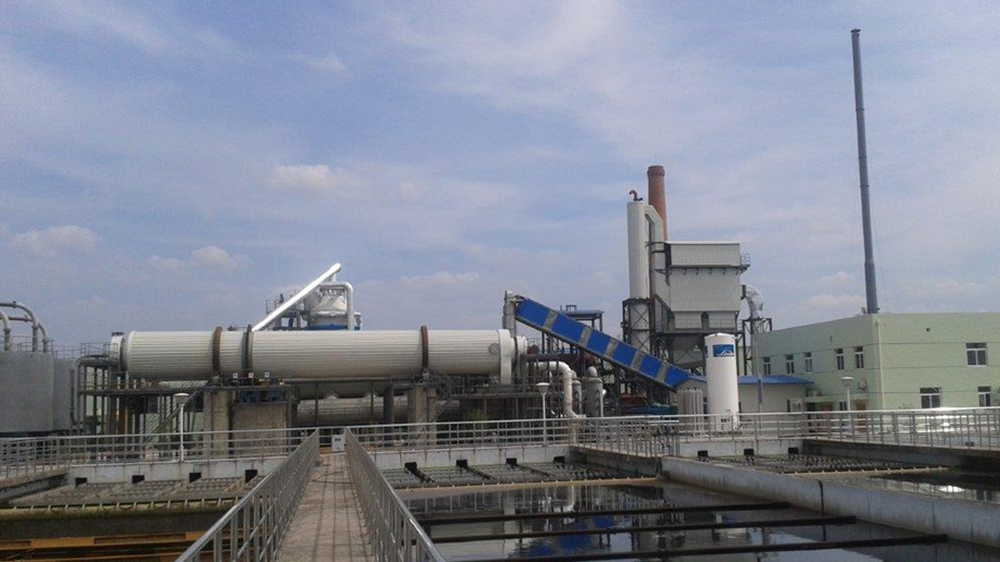The characteristics of sewage sludge depend on the original pollution load of the treated water, and also on the technical characteristics of the waste water and sludge treatments carried out.
Sludge is usually treated before disposal or recycling in order, e.g. to reduce its water content or the presence of pathogens.
Due to the limited number of disposal sites and limits required by the sludge management, disposal of mechanically only drained sewage sludge will become both more difficult and more expensive.
Usage of sludge in agriculture as fertilizer or soil conditioner related to the several issues such as
- Handling problems due to odor and high water content
- Soil contamination by bringing in pathogens, parasites, seeds of weeds
- Heavy metal contamination of soil
Composting may solve the first issue, however this option requires considerable space and takes times.
Several European countries banned agricultural use of sludge.
The advantage of the pyrolysis process is the effective reduction of volume and mass of the dewatered sludge and vaporization of organic toxic agents from the sludge (e.g. PCB, PAK) into harmless substances in the combustion chamber. Mercury and its compounds are thermo decomposed and vaporized as well.
Pyrolysis also performs energy recycling. Moreover, no supplementary fuel supply is required for the normal operations: significant reductions of running costs.
Self-contained pyrolysis sludge treatment facility of the dewatered sludge with moisture content 78-80% reduces sludge to ~12% of the initial amount. Proper sludge dewatering (30-35% moisture) followed by the pyrolysis process simultaneously disposes waste and also generates considerable amounts of energy.
Char from the pyrolysis process has properties similar to brown coal andf could be used as a bio-fuel.
Pyrolysis can also be used for recovery of such valuable material as phosphorus

Sewage sludge pyrolysis facility 200 tpd
